Home>Others>Specialized Home Improvement Topics>How To Fix Tint On Car Windows
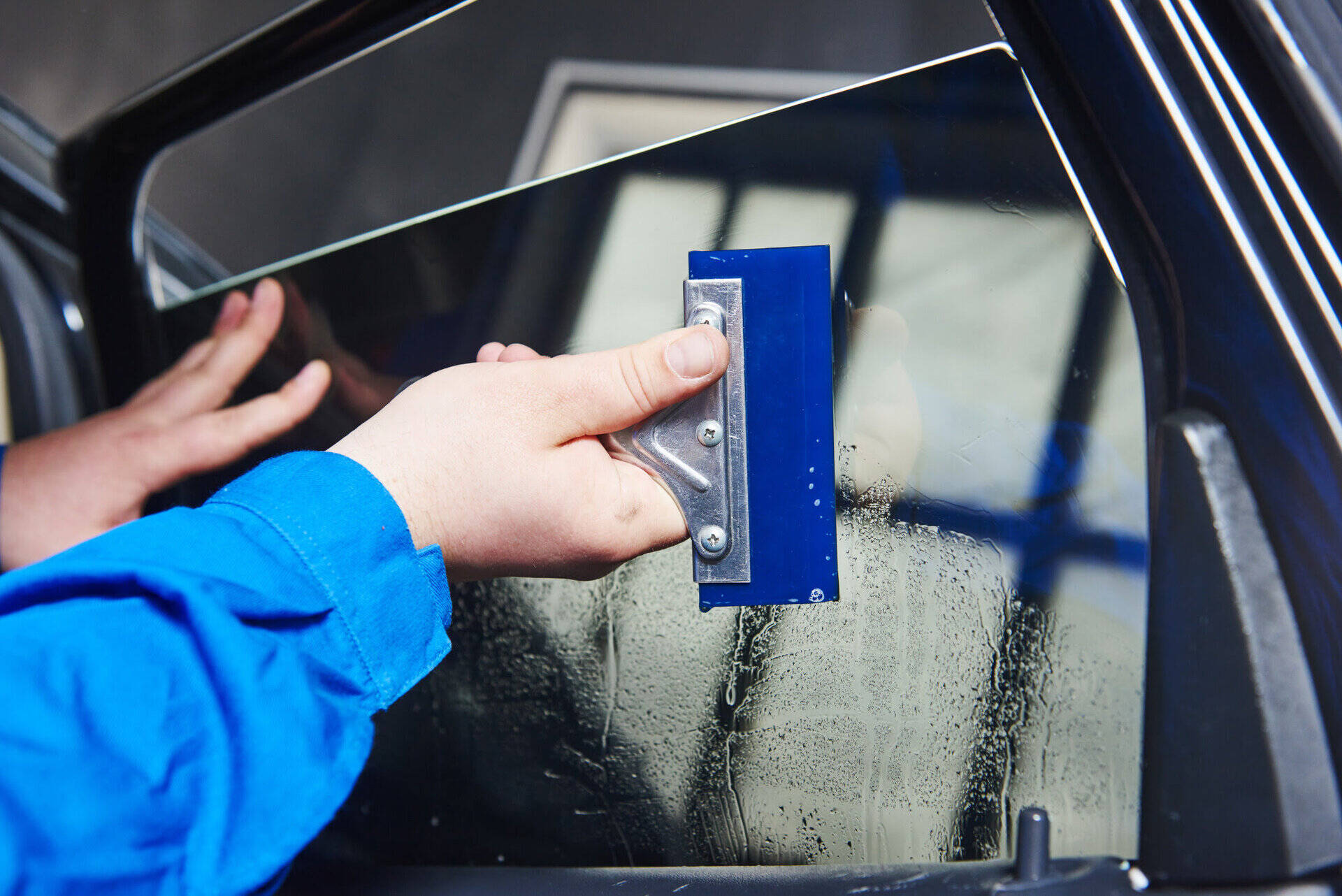

Specialized Home Improvement Topics
How To Fix Tint On Car Windows
Modified: January 14, 2024
Learn how to fix the tint on your car windows with expert tips and techniques. Discover specialized home improvement topics to enhance your vehicle's appearance.
(Many of the links in this article redirect to a specific reviewed product. Your purchase of these products through affiliate links helps to generate commission for Storables.com, at no extra cost. Learn more)
Introduction
Welcome to the world of tinted car windows! Tinted windows not only add a touch of sophistication to your vehicle but also offer numerous practical benefits, including heat reduction, UV protection, and enhanced privacy. However, over time, tinted windows may encounter various issues such as peeling, bubbling, or discoloration, which can detract from their aesthetic appeal and functionality.
In this comprehensive guide, we will delve into the art of fixing tinted car windows, equipping you with the knowledge and techniques needed to address common tint problems effectively. Whether you are a seasoned car enthusiast or a novice DIYer, this article will empower you to restore your tinted windows to their former glory and maintain them for years to come.
So, fasten your seatbelt and join us on this journey to discover the ins and outs of tinted car windows, from understanding the science behind tint to learning the step-by-step process of fixing common tint issues. Let's roll up our sleeves and embark on this exciting adventure to revitalize your vehicle's windows!
Key Takeaways:
- Revitalize your car’s tinted windows by understanding common issues like peeling, bubbling, and discoloration. Follow a step-by-step guide and use essential tools and materials for effective DIY fixes.
- Maintain your tinted windows with regular cleaning, cautious handling, and compliance with legal regulations. Protect them from damage, seek professional help when needed, and enjoy the benefits for years to come.
Read more: How To Tint Windows On Car
Understanding Tinted Car Windows
Tinted car windows are more than just a stylish addition to your vehicle; they serve a multitude of purposes. The primary function of window tint is to reduce the amount of sunlight and heat that enters the car, creating a more comfortable interior environment. Additionally, tinted windows provide protection against harmful UV rays, which can cause skin damage and fade upholstery over time.
Window tinting is achieved through the application of a thin, transparent film to the interior surface of the glass. This film is composed of layers that are designed to block or absorb a portion of the incoming light, thereby reducing glare and heat buildup inside the vehicle. The level of tint is measured by a percentage, with lower percentages indicating darker tints that allow less light to pass through.
It’s important to note that different states and countries have regulations governing the darkness of window tint, so it’s crucial to familiarize yourself with the legal limits in your area. Adhering to these regulations not only ensures compliance with the law but also promotes safe driving by maintaining adequate visibility both day and night.
When it comes to choosing the right tint for your car windows, you’ll encounter various options, such as dyed film, metalized film, carbon film, and ceramic film. Each type offers distinct advantages in terms of heat rejection, UV protection, and durability. Understanding the characteristics of these different tint materials can help you make an informed decision based on your specific needs and preferences.
By gaining a deeper understanding of the purpose and composition of tinted car windows, you can appreciate the value they bring to your driving experience. Whether you’re seeking relief from intense sunlight, safeguarding your vehicle’s interior, or enhancing privacy, tinted windows are a practical and stylish solution that can significantly improve your time on the road.
Common Tint Problems
While tinted car windows offer numerous benefits, they are not immune to issues that can arise over time. Understanding the common problems associated with tinted windows is essential for effectively addressing and resolving these issues. Some of the most prevalent tint problems include:
- Peeling: Over time, the adhesive that holds the tint film in place can degrade, leading to unsightly peeling along the edges of the windows. Peeling tint not only detracts from the vehicle’s appearance but also compromises the effectiveness of the tint.
- Bubbling: Bubbles or blisters may form under the tint film, typically caused by improper installation, exposure to extreme heat, or aging of the adhesive. These bubbles can obstruct visibility and diminish the aesthetic appeal of the windows.
- Discoloration: Tinted windows may undergo discoloration due to prolonged exposure to UV rays, environmental contaminants, or the natural aging of the tint film. This can result in a faded or uneven appearance, diminishing the overall appeal of the windows.
- Scratches and Tears: Everyday wear and tear, along with abrasive cleaning methods, can lead to scratches or tears in the tint film, compromising its integrity and visual appeal.
Recognizing these common tint problems empowers car owners to take proactive measures to address and prevent them, ultimately preserving the functionality and aesthetics of their tinted windows. By identifying the specific issues affecting your tint, you can tailor your approach to effectively remedy the problem and restore your windows to their optimal condition.
Now that we’ve shed light on the common challenges faced by tinted car windows, it’s time to equip ourselves with the necessary tools and materials to tackle these issues head-on. With the right resources at our disposal, we can embark on the journey to revitalize and maintain our tinted windows, ensuring a clear and stylish view from behind the wheel.
Tools and Materials Needed
Before diving into the process of fixing tinted car windows, it’s essential to gather the necessary tools and materials to ensure a smooth and successful repair. Here’s a comprehensive list of items you’ll need:
Tools:
- Razor Blade or Retractable Knife: A sharp razor blade or retractable knife is essential for cleanly removing old tint film and adhesive residue from the windows.
- Heat Gun or Hair Dryer: A heat gun or hair dryer will help soften the adhesive, making it easier to peel off the old tint film without damaging the glass.
- Spray Bottle: Fill a spray bottle with a soapy water solution to aid in the removal and installation of the tint film.
- Squeegee: A high-quality squeegee is crucial for smoothing out the tint film and eliminating air bubbles during the installation process.
- Clean Microfiber Cloths: Use clean, lint-free microfiber cloths to wipe the windows and ensure a pristine surface for the new tint film.
- Tint Application Tools: Specialty tools, such as a hard card or plastic squeegee, can assist in applying the new tint film with precision and finesse.
Read more: How To Tint Car Windows Yourself
Materials:
- Tint Film: Select high-quality tint film in the appropriate shade and material to replace the old, damaged tint on your windows.
- Glass Cleaner: Choose a non-ammonia-based glass cleaner to thoroughly clean the windows before applying the new tint film.
- Adhesive Remover: An adhesive remover solution can help dissolve and remove any stubborn residue left behind after peeling off the old tint film.
- Masking Tape: Use masking tape to create precise outlines for cutting the new tint film to fit the dimensions of each window.
- Protective Gloves: Wear protective gloves to shield your hands from adhesive residue and ensure a safe and hygienic working environment.
- Protective Film for Electronics: If your car has electronic components near the windows, protective film can safeguard them from moisture during the tinting process.
By assembling these essential tools and materials, you’ll be well-prepared to tackle the task of fixing your tinted car windows with confidence and precision. With everything in hand, you’re ready to embark on the step-by-step journey to revitalize your vehicle’s windows and enhance both their functionality and aesthetic appeal.
Step-by-Step Guide to Fixing Tint
Embarking on the journey to fix tinted car windows requires a methodical approach and attention to detail. By following this step-by-step guide, you can effectively address common tint problems and restore your windows to their optimal condition:
Step 1: Prepare the Work Area
Begin by parking your vehicle in a shaded or indoor area to prevent the tint film from drying out too quickly during the installation process. Ensure that the windows are clean and free of any dirt or debris that could affect the adhesion of the new tint film.
Step 2: Remove the Old Tint
Using a heat gun or hair dryer, apply heat to the old tint film to soften the adhesive. Carefully peel off the old tint using a razor blade or retractable knife, taking care not to damage the glass. Once the old tint is removed, use an adhesive remover and a clean microfiber cloth to eliminate any residual adhesive from the windows.
Read more: How To Apply Tint To Car Windows
Step 3: Clean the Windows
Thoroughly clean the windows with a non-ammonia-based glass cleaner and a lint-free microfiber cloth. Ensure that the windows are completely dry before proceeding to the next step.
Step 4: Cut and Apply the New Tint Film
Measure and cut the new tint film to fit the dimensions of each window, leaving a small margin around the edges for a precise fit. Use masking tape to create an outline for cutting the tint film. Spray a soapy water solution on the windows to facilitate the application of the new tint film, then carefully position the film and use a squeegee to smooth out any air bubbles and ensure a secure bond with the glass.
Step 5: Trim the Excess Film
Trim any excess tint film using a razor blade or retractable knife, following the contour of the windows for a clean and polished appearance.
Step 6: Finalize the Installation
Inspect the newly installed tint film for any imperfections or air bubbles. Use the heat gun or hair dryer to carefully heat the film and smooth out any remaining bubbles. Once satisfied with the result, allow the tint film to set and dry completely before rolling down the windows or cleaning the surface.
By meticulously following these steps, you can effectively fix common tint problems and breathe new life into your vehicle’s windows. With patience and precision, you can achieve professional-quality results that enhance the aesthetic appeal and functionality of your tinted car windows.
Read more: What Is The Best Tint For Car Windows
Tips for Maintaining Tinted Windows
After revitalizing your tinted car windows, it’s essential to implement proactive measures to preserve their pristine condition and extend their longevity. Here are some valuable tips for maintaining tinted windows and safeguarding their appearance and functionality:
Regular Cleaning and Care
Adopt a regular cleaning routine to keep your tinted windows in top condition. Use a non-ammonia-based glass cleaner and a soft, lint-free microfiber cloth to gently wipe the windows, avoiding abrasive materials that could scratch or damage the tint film. Regular cleaning helps remove dirt, grime, and environmental contaminants that can compromise the appearance of the tint.
Use Caution When Rolling Down Windows
Exercise caution when rolling down tinted windows, especially in the initial days following the installation of new tint film. Allow sufficient time for the film to set and adhere properly before operating the windows, as premature manipulation can disrupt the bonding process and lead to air bubbles or imperfections.
Avoid Harsh Cleaning Products
When cleaning tinted windows, steer clear of harsh cleaning products that contain ammonia, as they can degrade the tint film and diminish its clarity and adhesion. Opt for gentle, non-abrasive cleaners to maintain the integrity and visual appeal of the tint over time.
Read more: How To Remove Window Tint From Car Windows
Protect the Tint from Sharp Objects
Be mindful of sharp objects or accessories that come into contact with the tinted windows, as they can cause scratches, tears, or other damage to the film. Exercise caution when loading or unloading items from your vehicle to prevent accidental damage to the tint.
Seek Professional Expertise for Repairs
If you encounter significant damage or issues with your tinted windows, such as extensive peeling, bubbling, or discoloration, it’s advisable to seek professional expertise for repairs. Professional technicians have the knowledge and tools to address complex tint problems and ensure a seamless and durable solution.
Comply with Legal Regulations
Stay informed about the legal regulations governing window tint in your area and ensure that your tinted windows comply with the prescribed standards. Adhering to these regulations not only promotes safety and visibility but also prevents potential fines or penalties associated with non-compliant tint levels.
By incorporating these tips into your maintenance regimen, you can uphold the pristine condition of your tinted windows and enjoy their benefits for years to come. With attentive care and mindful practices, your tinted car windows will continue to enhance the comfort, style, and functionality of your vehicle, making every drive a pleasurable and visually appealing experience.
Conclusion
Congratulations on embarking on the journey to understand, address, and maintain your tinted car windows! Throughout this comprehensive guide, we’ve explored the multifaceted world of tinted windows, from their practical benefits to the common problems they may encounter over time. By gaining a deeper understanding of tinted windows and the intricacies of their maintenance, you are well-equipped to preserve their functionality and aesthetic appeal for the long haul.
As you’ve discovered, fixing tinted car windows involves a systematic approach that encompasses meticulous preparation, precise execution, and proactive maintenance. By following the step-by-step guide and implementing the tips for maintenance, you can revitalize your tinted windows and ensure they continue to enhance your driving experience in the years to come.
Remember, the key to maintaining tinted windows lies in regular care, cautious handling, and a proactive mindset. By integrating these practices into your automotive maintenance routine, you can safeguard the integrity and allure of your tinted windows, allowing them to shine as a testament to your dedication to vehicle upkeep and enhancement.
Whether you’re seeking relief from intense sunlight, safeguarding your vehicle’s interior, or enhancing privacy, tinted windows are a practical and stylish solution that can significantly improve your time on the road. With the knowledge and techniques acquired from this guide, you have the power to transform your tinted car windows into a source of pride and functionality, elevating the overall appeal of your vehicle.
As you apply the insights and strategies shared in this guide, may your tinted car windows continue to captivate with their sleek appearance, provide respite from the elements, and contribute to the overall allure of your cherished vehicle. Here’s to many more miles of stylish, comfortable, and enjoyable drives with your revitalized and well-maintained tinted windows!
Frequently Asked Questions about How To Fix Tint On Car Windows
Was this page helpful?
At Storables.com, we guarantee accurate and reliable information. Our content, validated by Expert Board Contributors, is crafted following stringent Editorial Policies. We're committed to providing you with well-researched, expert-backed insights for all your informational needs.
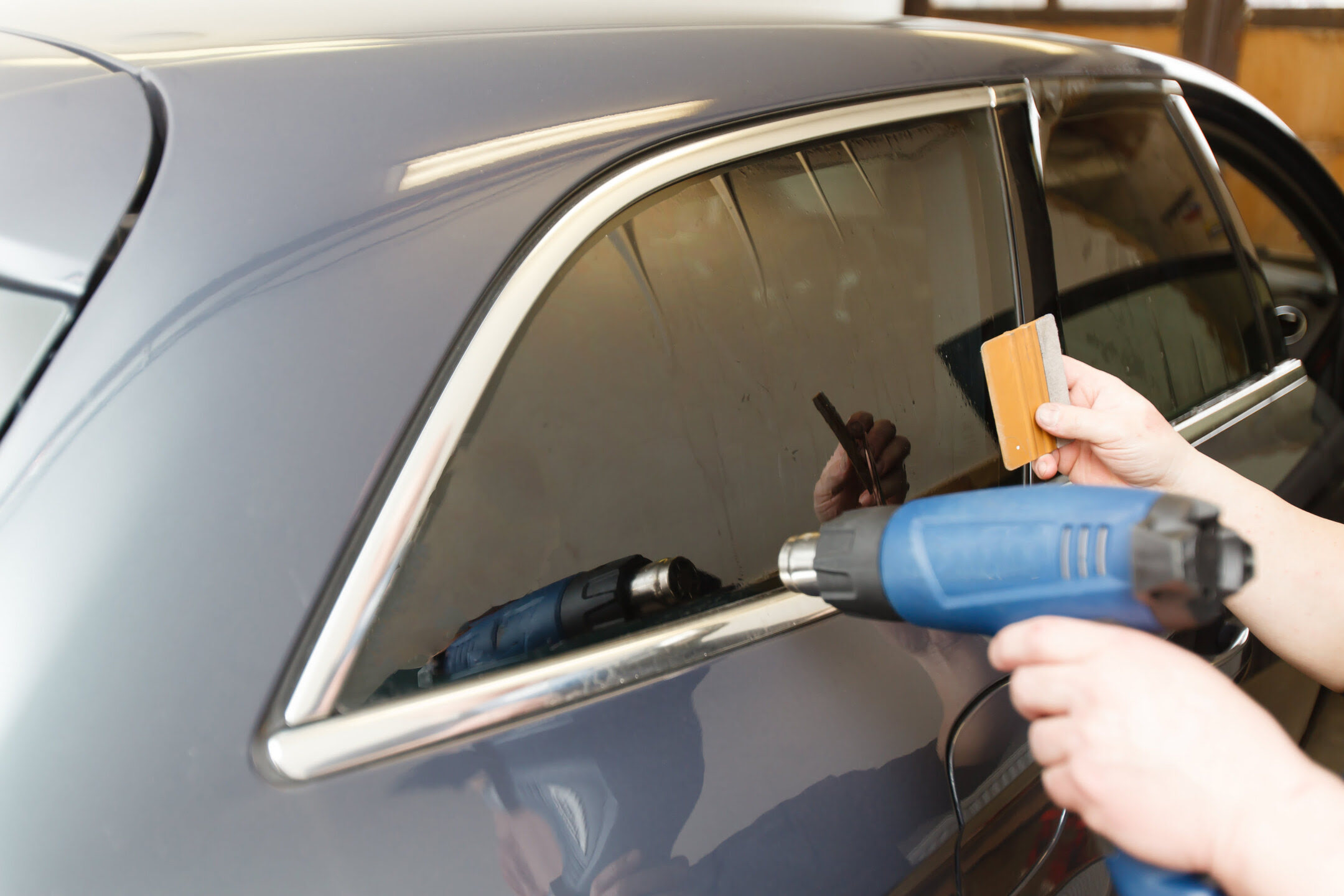
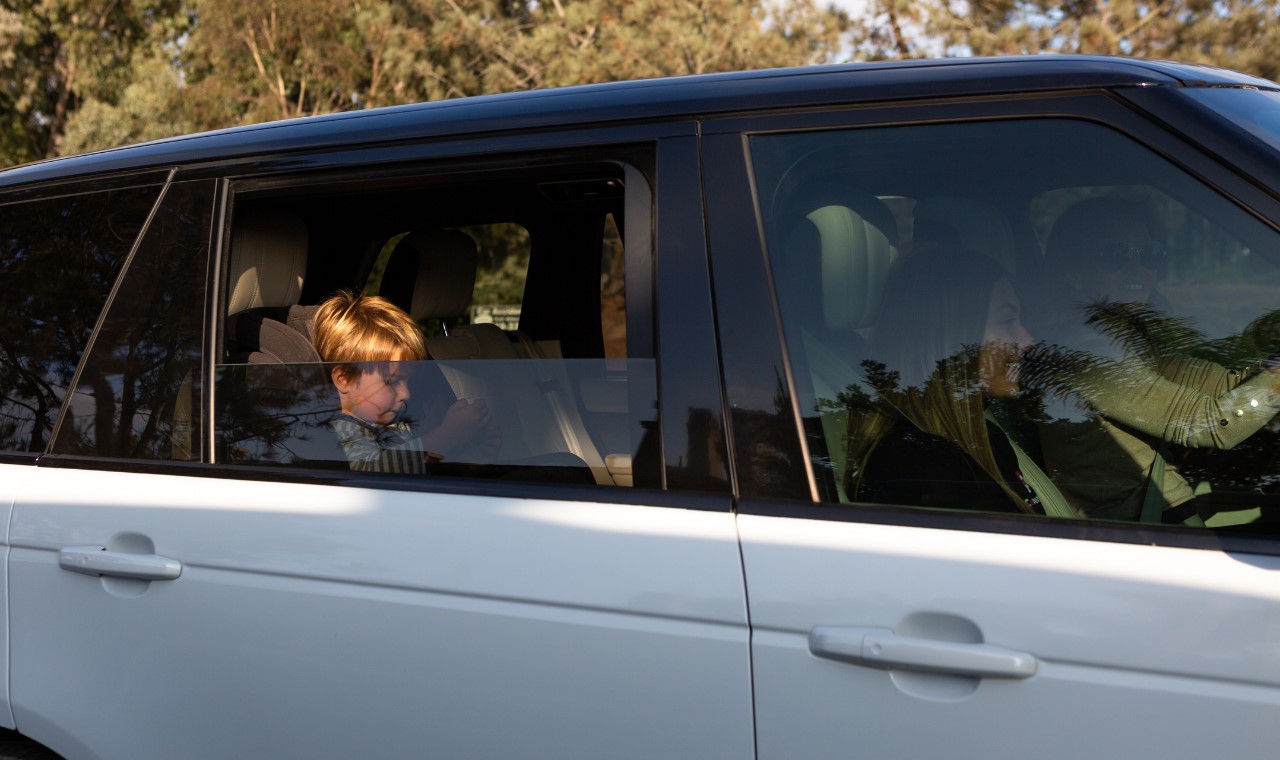
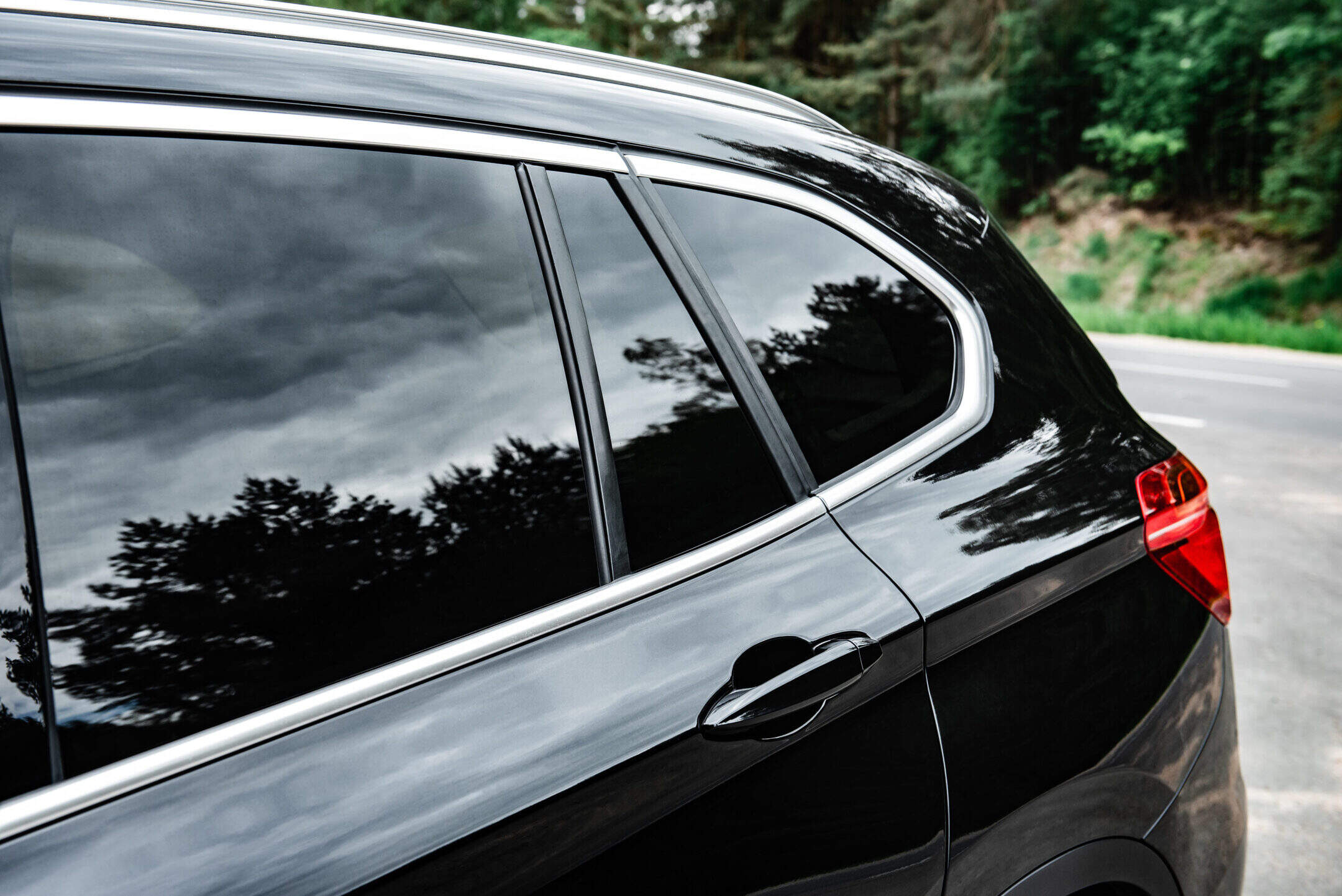
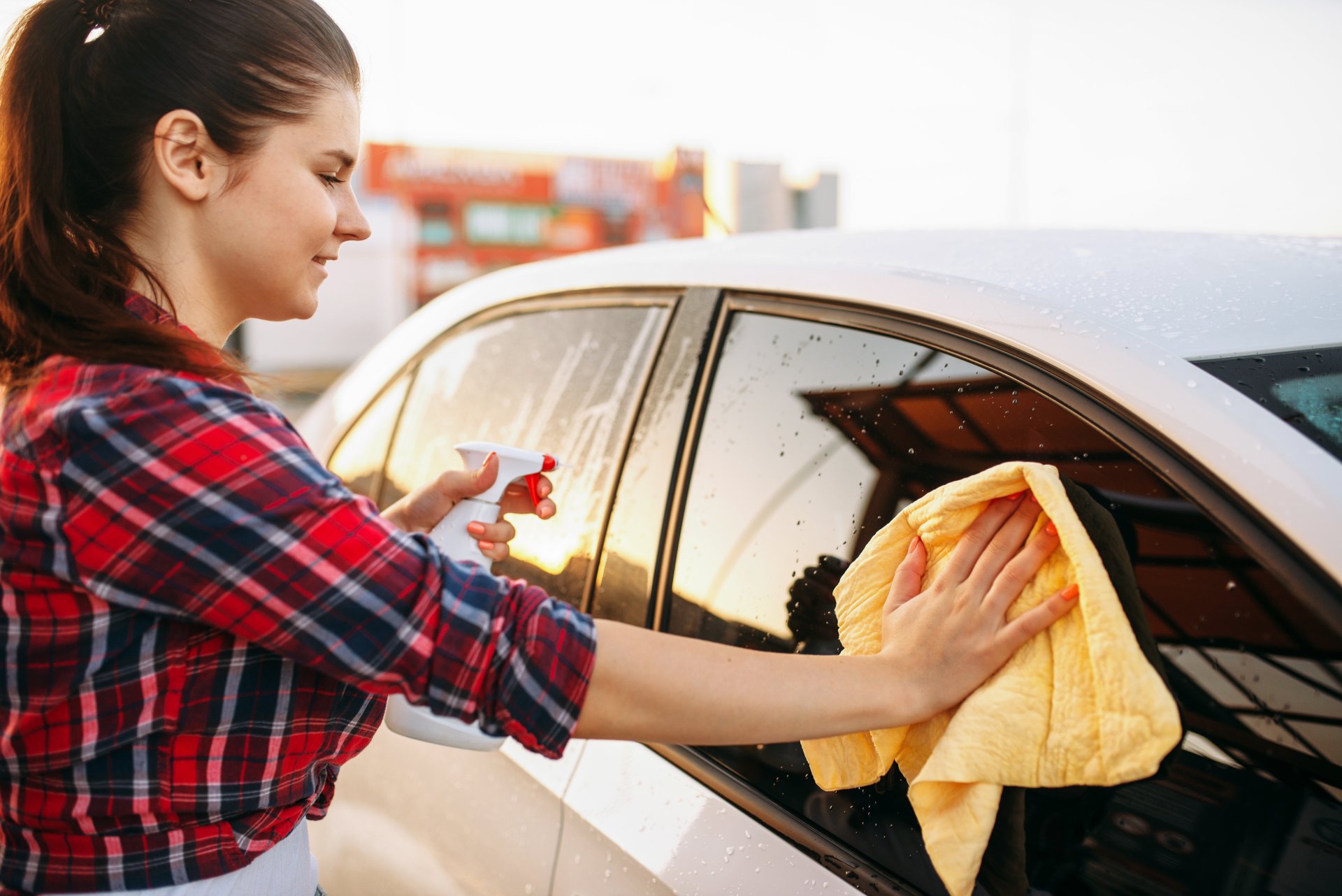
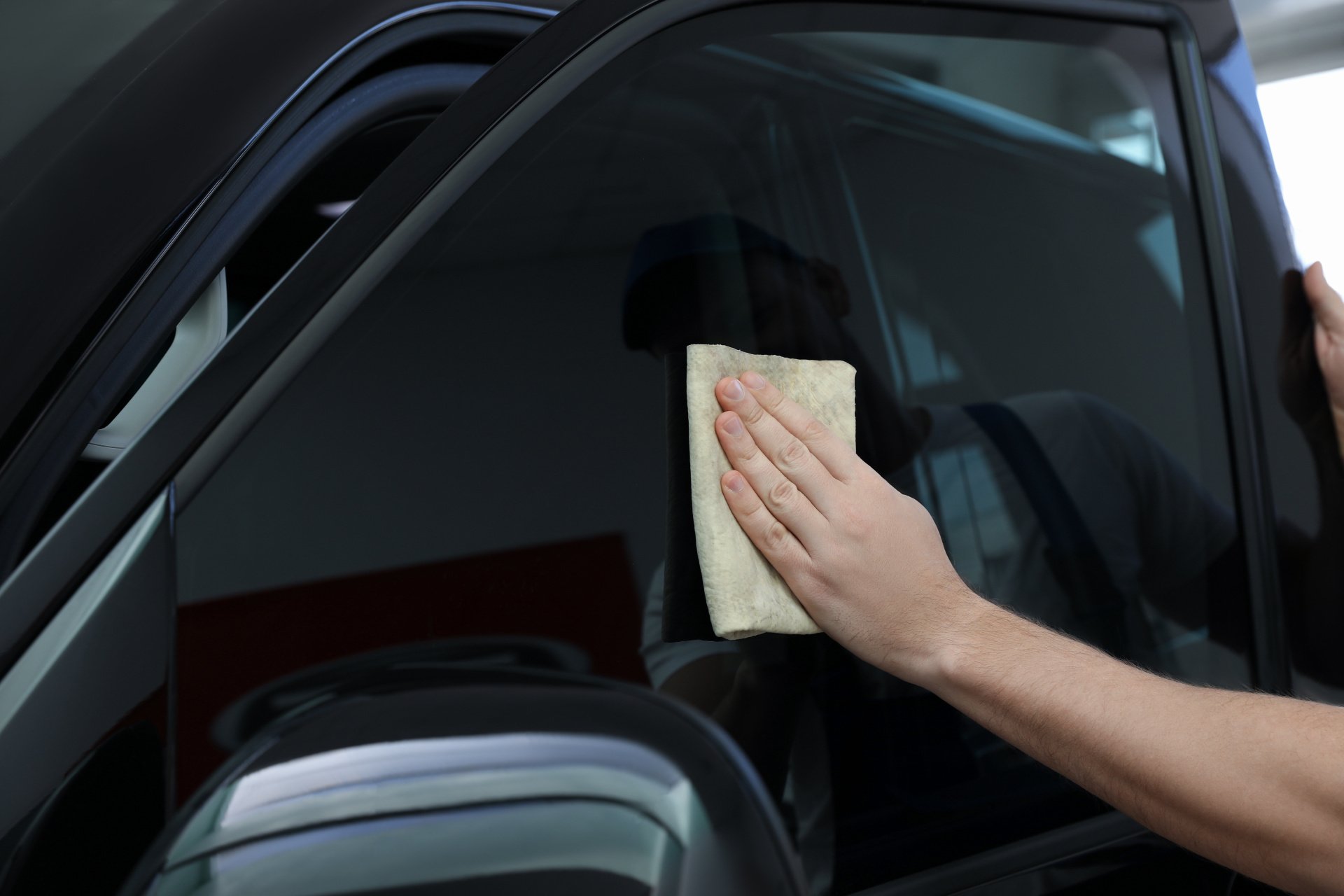
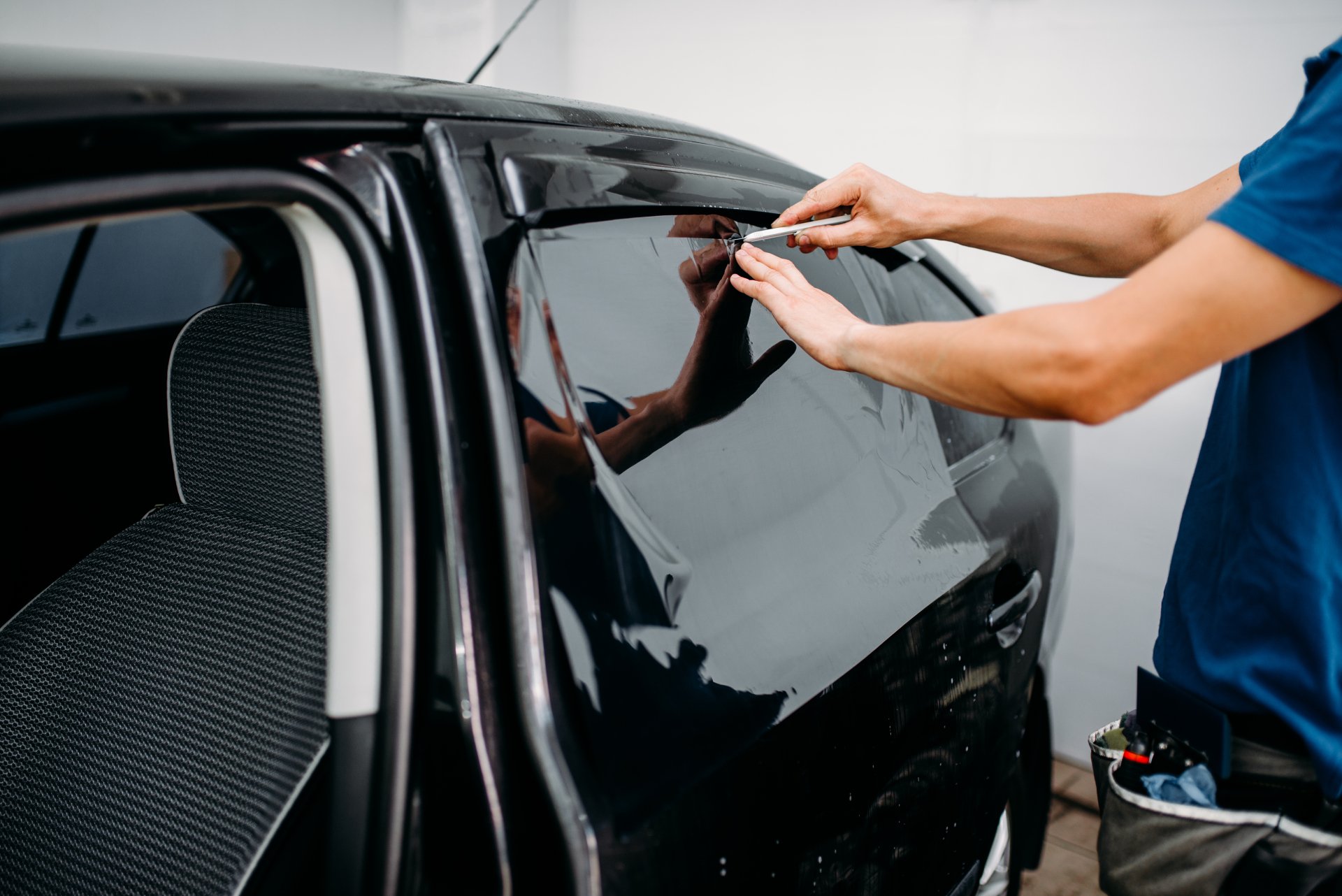
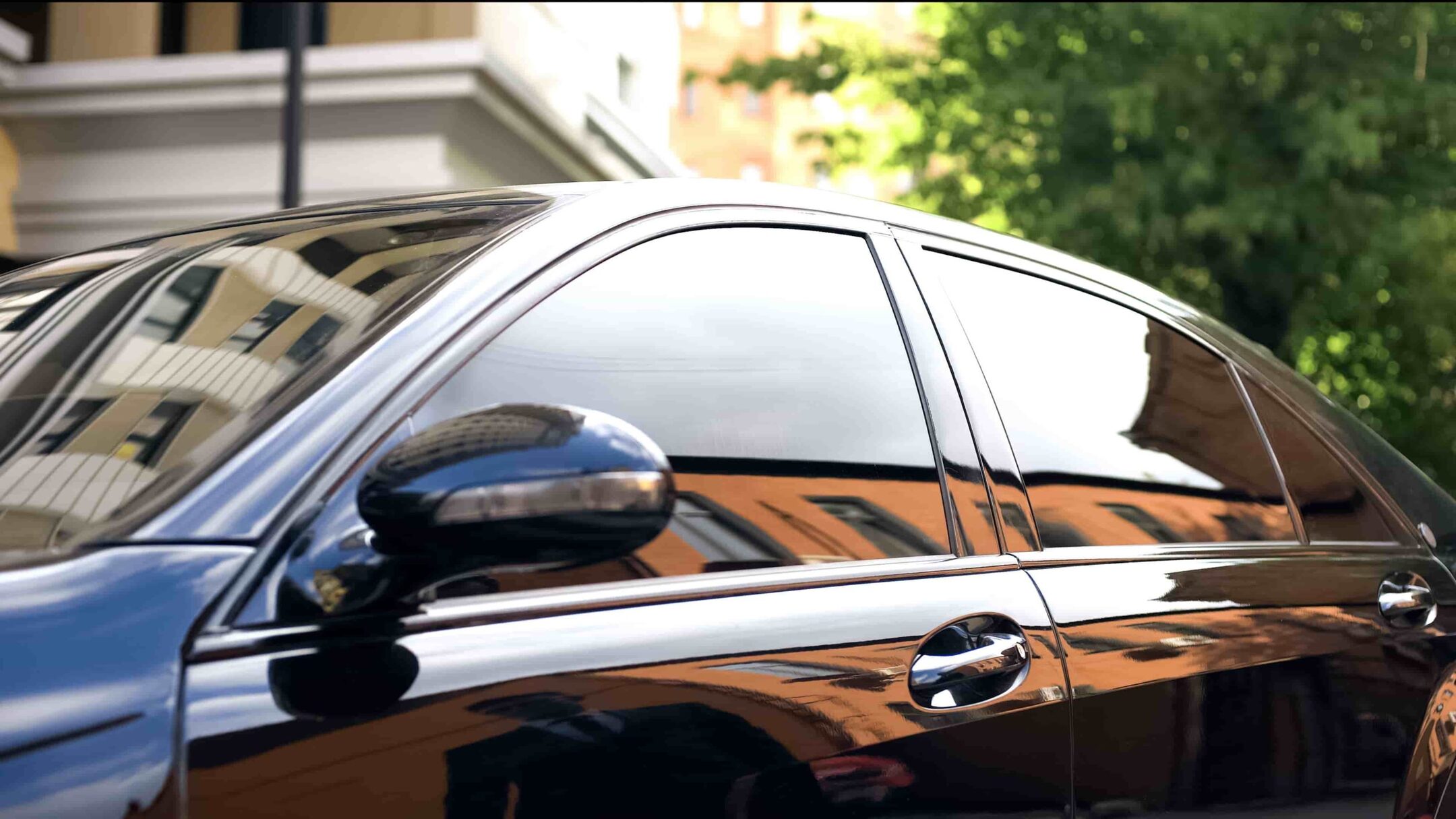
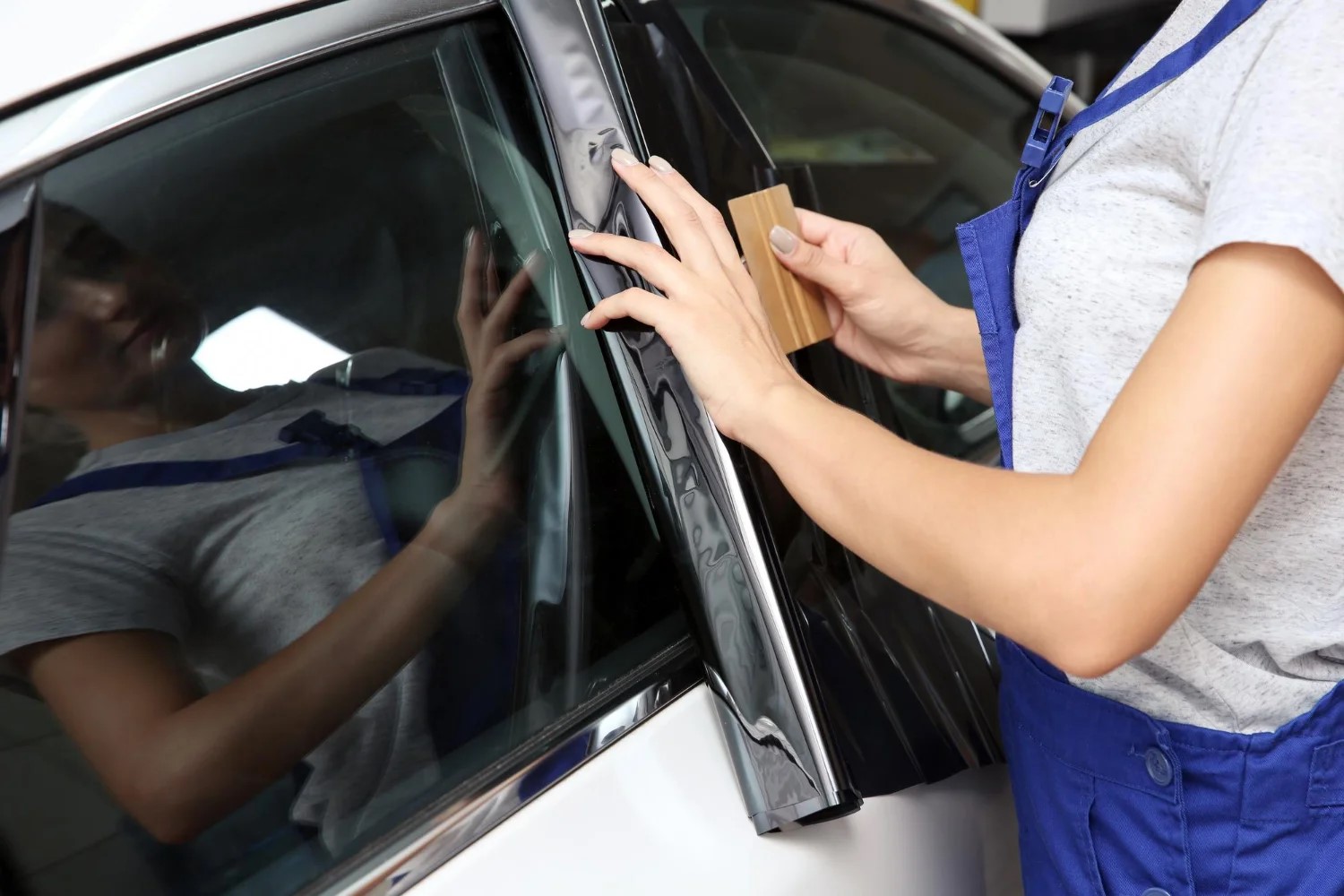
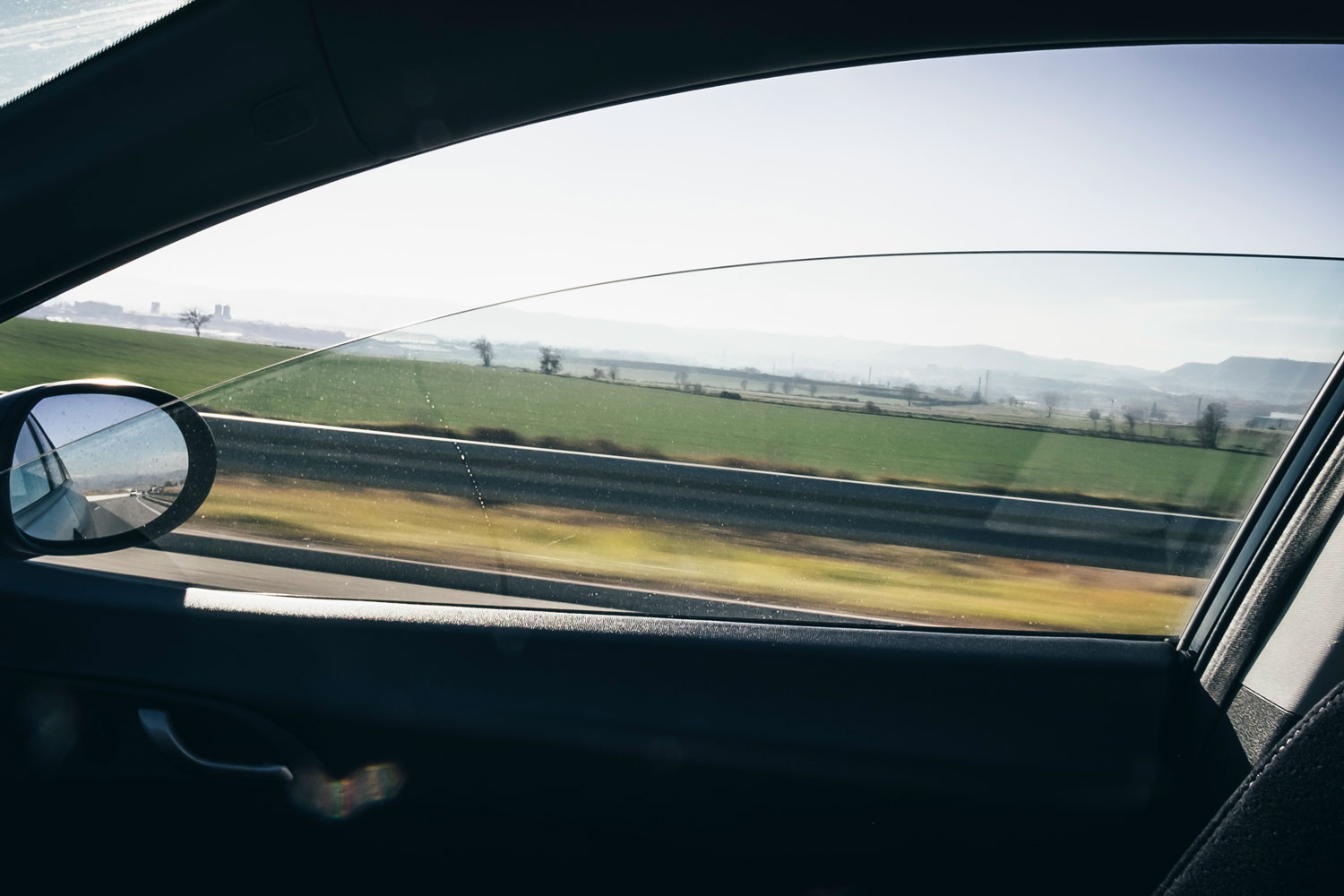
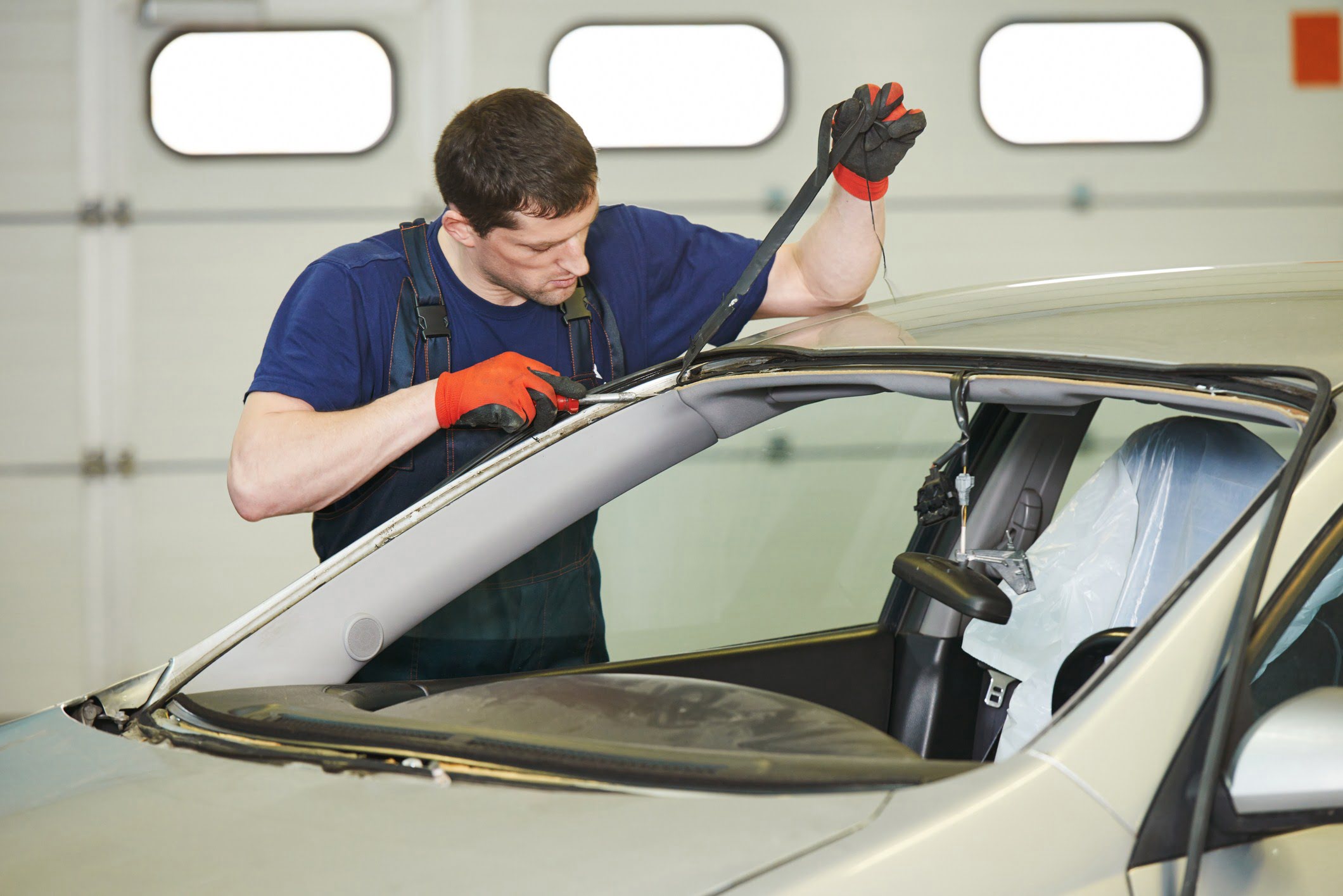
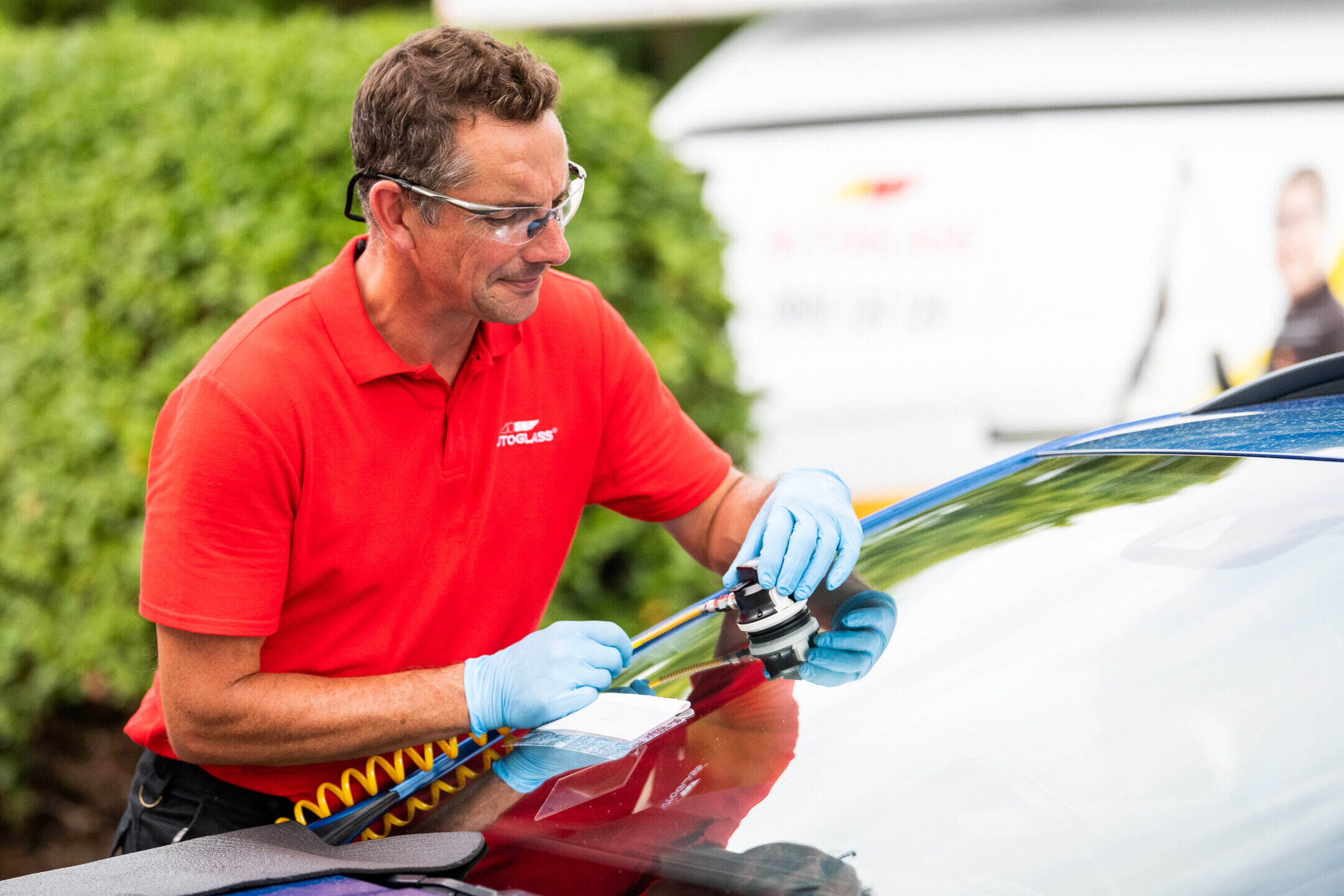

0 thoughts on “How To Fix Tint On Car Windows”